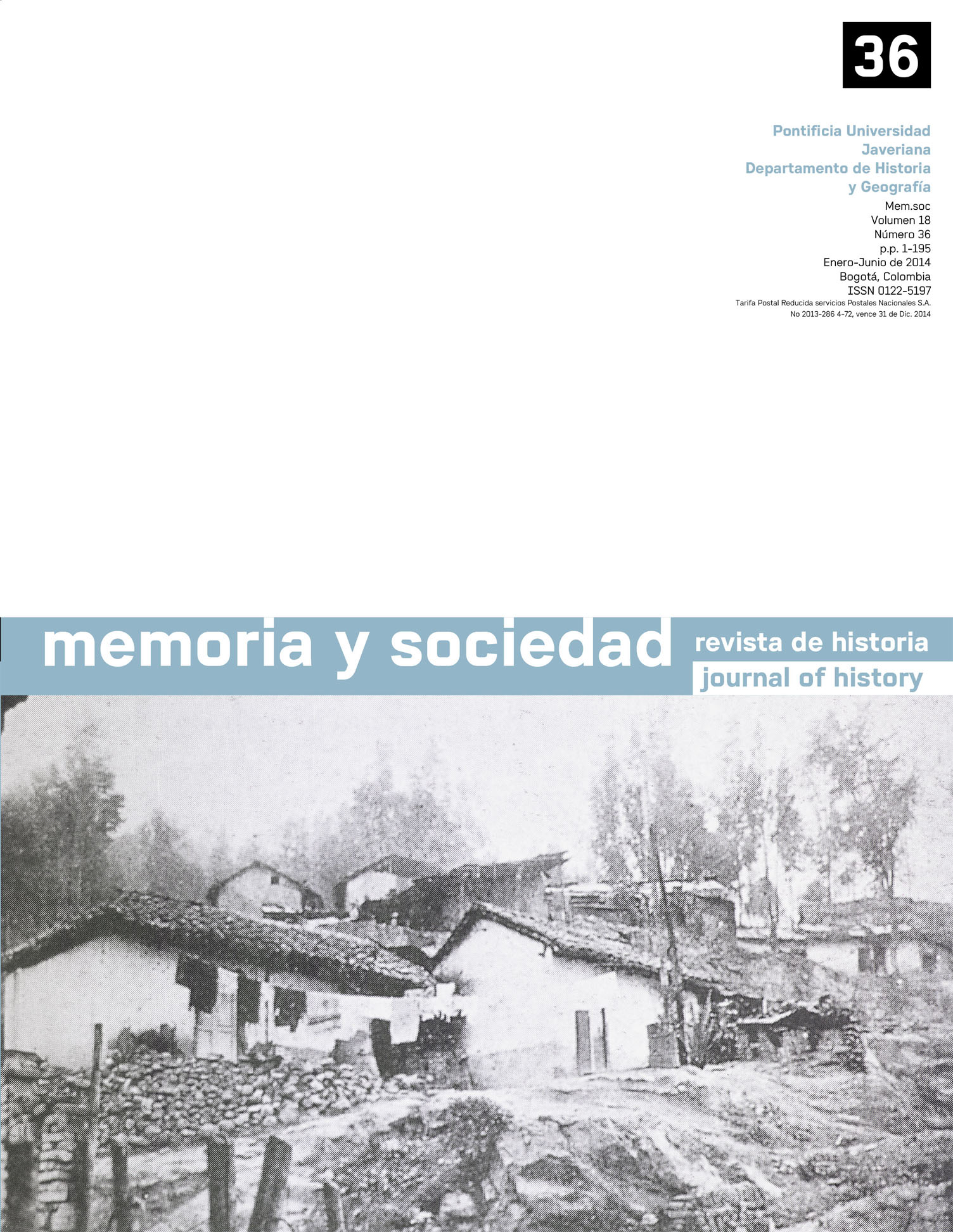Resumo
A segunda metade do século xviii foi um período de importantes transformações nas economias coloniais. O sistema monetário não foi exceção. O presente artigo contribui para a análise de tais variações, examinando dois aspectos da política monetária dos Bourbon: o aviltamento e a recunhagem. Para tal, tem se reconstruído as quantidades de moeda que os agentes levaram às casas de moeda neogranadinas para serem recunhadas e tem se analisado os incentivos que a Coroa proporcionou para essa operação. Os resultados mostram que ambas as medidas alteraram a composição mais não o comprimento da oferta monetária. Assim, embora as novas cunhagens reduziram os custos de transação, o aviltamento evitou que se unificasse o numerário em circulação. Igualmente, encontrou-se que a circulação de moedas prata foi importante apesar do vice-reino ser uma economia produtora de ouro. Finalmente, se levanta que ambas as medidas afetaram de diversas maneiras o comportamento de variáveis como a inflação, a moeda de baixa denominação e a lei de Gresham.A revista Memoria y Sociedad encontra-se registada sob a licencia Creative Commons Versão 4.0 Internacional. Portanto, esta obra pode se reproduzir, distribuir e comunicar publicamente em formato digital, sempre que dado o crédito apropriado para os autores e a Pontificia Universidad Javeriana. Permite-se citar, adaptar, remixar, transformar, autoarquivar, republicar e criar a partir do material, para qualquer fim, mesmo que comercial, sempre que indicado apropriadamente o nome do criador, provido um link para a obra original e indicado se mudanças foram feitas. A Pontificia Universidad Javeriana não retém os direitos sobre as obras publicadas e os conteúdos são responsabilidade exclusiva dos autores, os quais conservam seus direitos morais, intelectuais, de privacidade e publicidade.
O aval sobre a intervenção da obra (revisão, correção, edição, tradução, formatação) e a subsequente difusão disponibiliza-se através de licença de uso e não através de transmissão de direitos, o que representa que a revista e a Pontificia Universidad Javeriana são isentas de qualquer responsabilidade que puder se derivar de uma prática ética pobre por parte dos autores. Em consequência da proteção fornecida pela licença de uso, a revista não fica na obrigação de publicar retratações ou alterar informações já publicadas, a não ser que a errata seja decorrente do processo de gestão editorial. A publicação de conteúdos nesta revista não representa royalties para os contribuintes.

